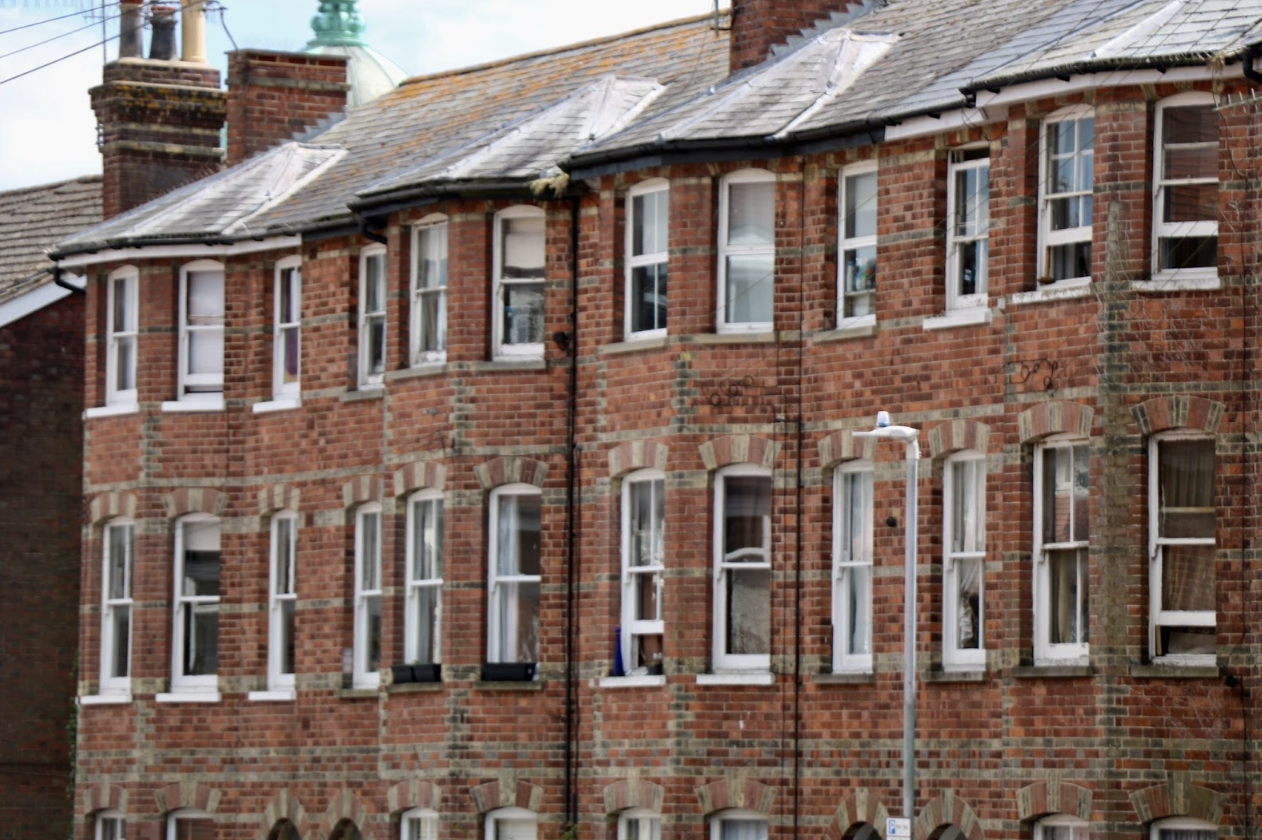When building, converting, or generally making improvements to a building, sound insulation is a consideration that cannot be overlooked. There are two main types of sound which are under scrutiny when it comes to construction and sound insulation, airborne sound and structure-borne (impact) sound. This article is designed to help you understand in greater detail what airborne sound is, what causes it, and how it can be reduced.
We have covered structure-borne sound in an in-depth article which can be found here.
What is Airborne Sound?
Airborne sound as the name suggests refers to sound waves that travel through the air. Within a building or home, airborne sound often stems from people talking, the radio, music, television, or loud pets, among other things. The sound waves produced by these sources travel through the air into the inner ear, where they are transformed into electrical impulses which are then interpreted by the brain as sound.
This is different to structure-borne sound, which is the consequence of impact on the part of a building, such as doors slamming or footsteps on the floor, meaning the sound waves travel through solid structures before reaching the ear.
What problems can Airborne Sound cause?
As with structure-borne sound, airborne sound is a particular issue regarding neighbours in flats, terraces and semi-detached housing. The previously mentioned sources of airborne sound in buildings can understandably become a nuisance for those who share a party wall, floor, or ceiling where there isn’t sufficient sound insulation.
Other issues with airborne sound can arise when a building is situated close to a road, a school, or other busy areas. For example, traffic noise or kids playing can easily penetrate poorly insulated buildings.
Unwanted noise can not only be unpleasant to listen to or disruptive in your day-to-day routine, but over time can actually damage your mental wellbeing, so it is imperative that your building is suitably sound-insulated to prevent these issues.
How can Airborne Sound be Reduced?
The best way to reduce airborne sound is actually via rigorous planning in the first instance, before construction begins, to minimise the opportunity for sound waves to travel.
When there are issues with noise levels in a building or you are looking to ensure that you are compliant with building regulations, it is important to get in touch with a specialist acoustic consultant who can provide professional testing, advice and solutions to noise pollution problems. The consultant will be able to identify the type of sound pollution, its source, and the best ways to reduce unwanted noise. See our Sound Insulation Testing page to find out more about the services we provide or to get a free quote.
Airborne noise can pollute a building via many means, however, one of the most common causes is poor workmanship, for example leaving cracks and gaps around windows or doors which make it easier for sound waves to flow. It is important that oversights like these are avoided or rectified as sound waves always choose the least obstructed path to follow.
If you have any queries regarding noise and need design advice then you can speak to our Acoustic consultant by calling 01923 518 923



